Viewpoint from the Nest – Travel parenting insights
The Pantanal was an unexpected pleasure, and is one of the most family friendly places we’ve come across. We stayed at fazendas, which are ranches with several rooms; our first one was 300m away from a river. Its riverfront looked cosy with a few empty deck chairs and a rather large caiman accompanying them just a few meters away. The impenetrably dark waters acted as a giant mirror, reflecting the trees and the huge number of birds there, but hiding the lurking piranhas below. Despite the number of creatures with sharp teeth surrounding us, we learnt it was perfectly safe to swim in the river, as long as you didn’t have any bleeding wounds which would attract the piranhas. The Caiman leave you alone as there is plenty of tastier food sources around. Cruising down the river allows encounters with large languid families of capybara, legions of unique birds, armadillos, and if you’re really fortunate, that elusive Jaguar. This is one of the best places in the world for learning about animals and birds whilst being close to them in their environment.
Importantly, we had a great guide, Sergio, who taught us much about the environment; with a good teacher, it was just like being in an interactive documentary. Our kayaking experience there was wonderful, as the currents were really gentle; and we could glide right up next to the basking caiman. It was a short stay at this fazenda, but we could have happily spent a few more days. Really great for families.
The Pantanal is exquisite, and one of the best experiences we’ve been on. Being on this Rio Negro River (there are many Rio Negros or Black Rivers out there) is otherworldly. The atmosphere is marked by alien bird calls, many so unique to us that their echoes linger long like a new taste on a tongue. The waters are dark and serene, with caimans lurking above and piranha silently below, with few ripples betraying their presence. The menagerie of birds surround us, some of them as large as pheasants, landing nonplussed and unthreatened around us. To our delight, there are no mosquitoes and few other insects, owing to the alkalinity of the waters. In the cool early morning air, the world feels fresh and pristine. It will soon dissipate with the strong sun and the creeping humidity.

This is the dry winter season (July-January), where huge fields of bush and small plants dominate the landscape; these will disappear under meters of water when the rainy season comes and turns the land into a water world. Our guide and friend, Sergio, informs us that the termites can predict the years of great rain, and will build their nests higher accordingly. However, the spectre of global weather change is real and tangible here; it’s been many years since the predictable rains have failed to come in volume and duration, significantly reducing the fish stocks, and consequently the number of birds in the area.
The Caiman are plentiful and after a while, we barely notice them until we’re almost on top of them. Their menacing stares masking the fact that they are very well fed, and are more worried about us than we are about them.
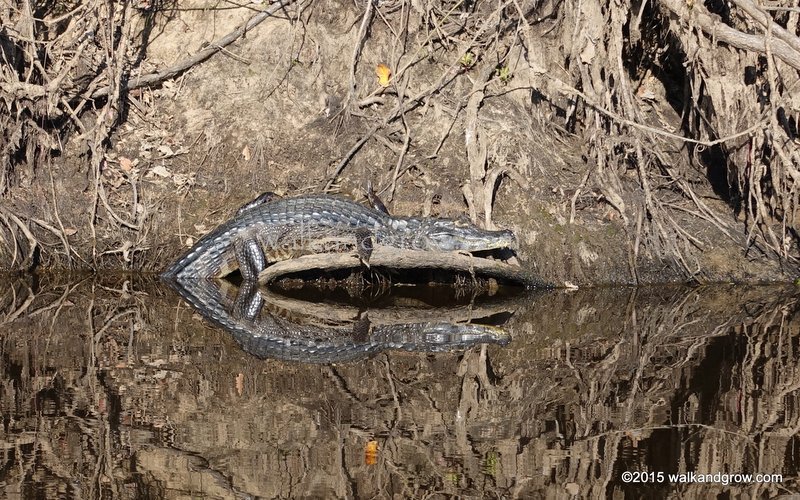
Kayaking amongst the Caiman with Colette was especially fun with little current, and it was a treasure hunt for her to spot them and to see how close we could get before they slithered away.
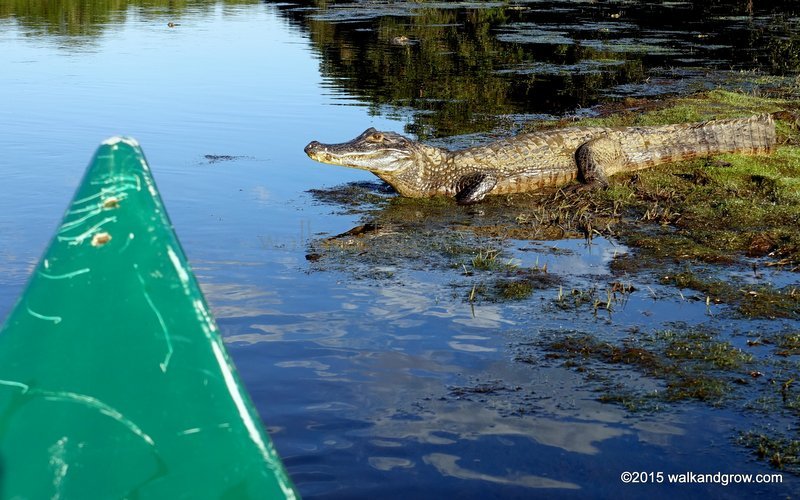
We also came across families of Capybara, the largest rodents on Earth. They appeared almost cartoonish, never looking directly at us, and eerily unmoving even as we drew close to them. It’s like facing a dinosaur sized mouse, one which would not run from you and looked rudely disinterested in our presence.
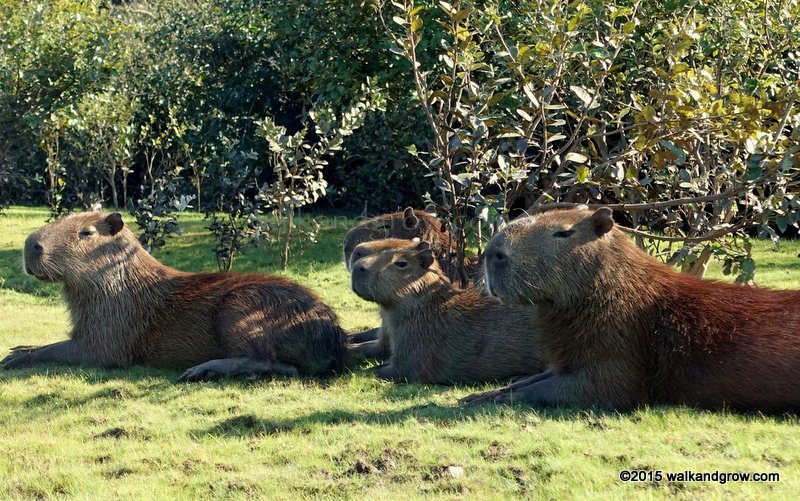
The Pantanal Rivers are gems, and breathtakingly beautiful; they plunge you straight into a wildlife documentary, and interactive enough for the most distracted children. As its water based, it’s a relatively easy series of excursions for a few hours early in the morning and again in the evenings. For us, it was like drifting into a dream without the insects and humidity to remind you that we were in the wild; a vast difference from the jungles of the Amazon.
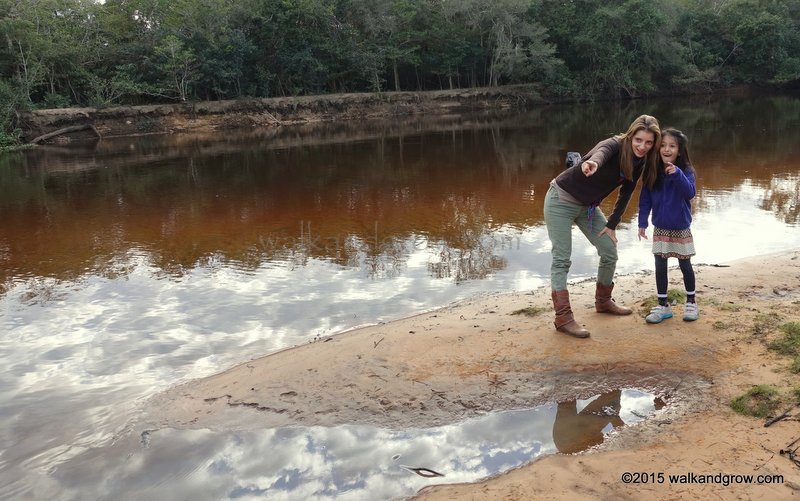
Oh, and we taught Colette how to catch a Caiman. Not recommended with live ones.
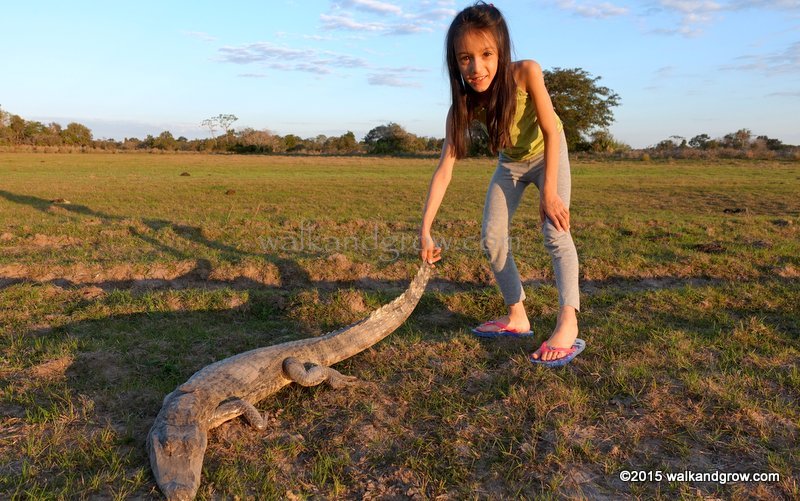
Viewpoint from the Nest :
A very respectable and sensible doctor in Singapore reprimanded us when I enquired about the right dosage of Diamox for an eight year old for 4000m (12000 feet) along the lines of: “I think what you’re planning to do is very irresponsible. Why would you want to bring a child to such a hostile environment? There’s no reason to go there!” That comment haunted us, and briefly made us reconsider our plans. Briefly.
The Uyuni Salt Plains are amongst the most barren and stark landscapes imaginable. The endless plains of whiteness confuses any sense of perspective, especially if you come from urban landscapes carved up by skyscrapers. It wasn’t the most hospitable of environments, but Colette (at 8 years) found it unproblematic with some careful planning. No drugs were needed as we acclimatized slowly by spending a few days at increasing altitudes in Sucre and Potosi. We also brought the right arctic weather apparel to counter the below freezing temperatures (at night) and, more importantly, the very strong winds.
We learnt about tectonic plates, inland oceans that dry up, geysers, flamingos, lithium mining, and how to adapt for hostile environments. It gave us an appreciation of vastness and an understanding of perspective in photography. We saw thousand year old mummies still in the caves where they were found. We just found a responsible way to bring a child to a land that is full of reasons to explore.


Altitude sickness is a strange thing isn’t it.
We met lots of people travelling who had awful symptoms and others who had very few or none..
Fitness, age or health issues seemed to have no bearing on how it affected each individual.
What did seem to affect the outcome were becoming acclimatised in sensible ways, drinking lots of water and slowly getting used to the situation.
We also came with plenty of ‘drugs’ but needed none apart from an occasional ‘ibuprofen’.